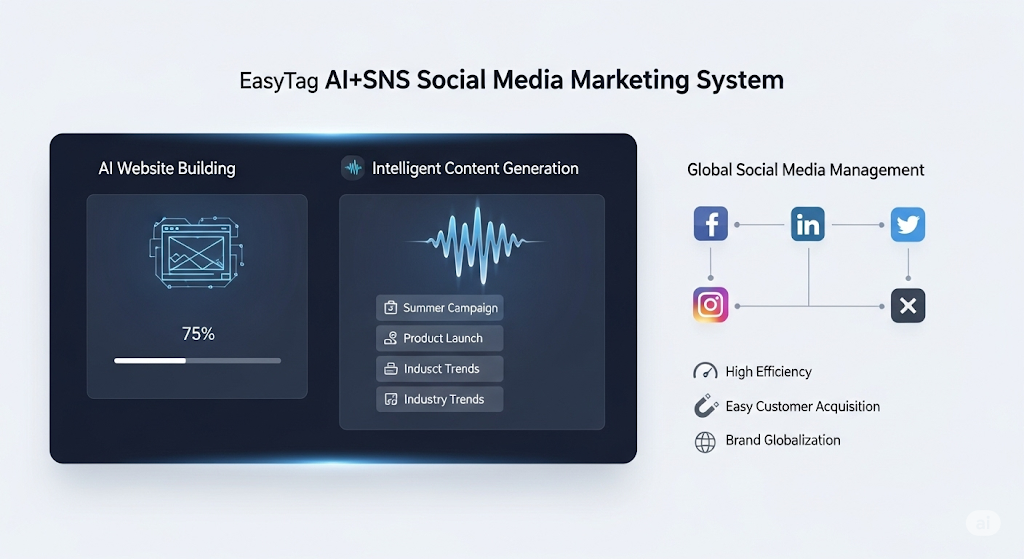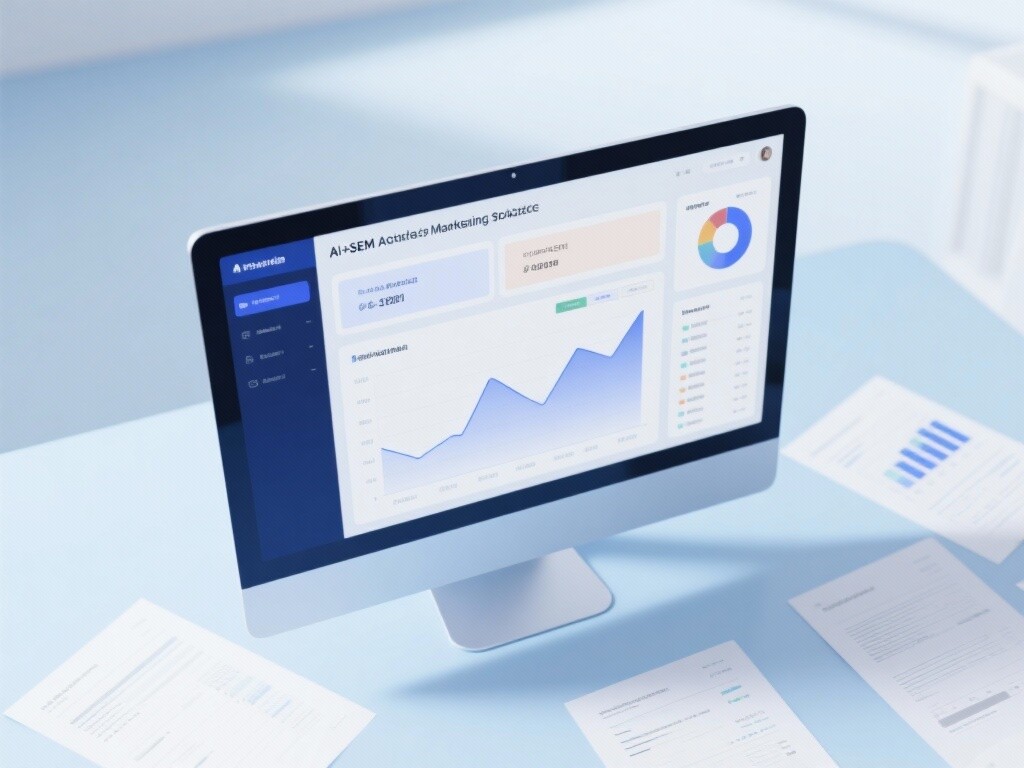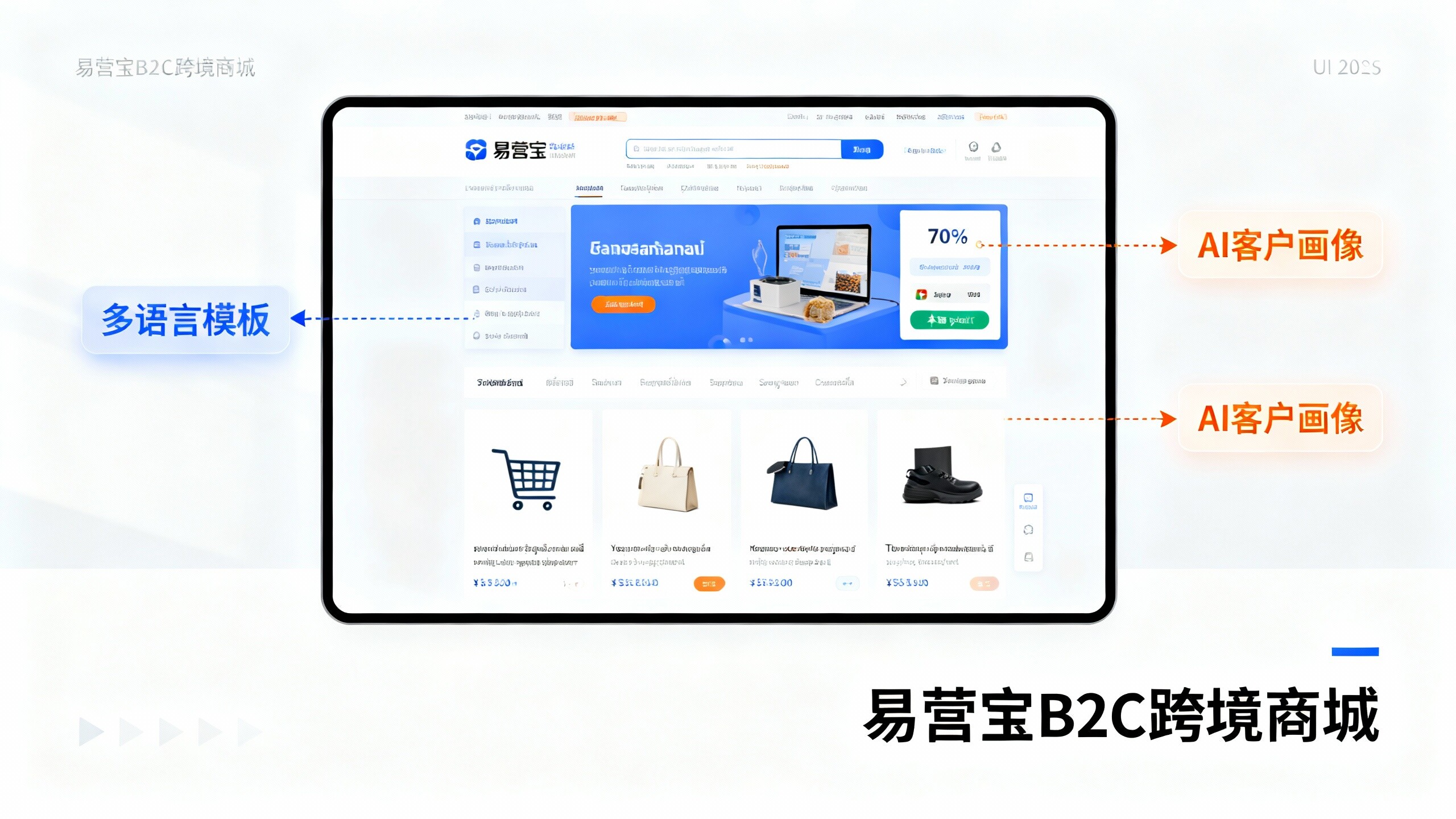Every peak season, cross-border sellers are most concerned about how to capitalize on trending products and convert independent website traffic into sales. Google Trends is a powerful and free tool that can help you achieve this goal.
Google Trends not only displays global popular searches but also identifies seasonal demand, enabling more precise product selection. So, how should you use Google Trends?
First, analyze "related queries" and "related topics." Search for product keywords like "sunglasses" to discover trending terms in "related queries" and explore relevant products. Simultaneously, study "related topics" to identify trending conversations and optimize product positioning.
Next, leverage Google Trends to research keywords. Search for keywords related to your product category, analyze their search volume trends, quickly identify seasonal demand directions, and select potential bestsellers. Google Trends also allows filtering keyword popularity by time and region, helping determine market segments for precise ad targeting.
Additionally, pinpoint regional demand. Use Google Trends' geographic breakdown feature to view search popularity in specific areas, identify high-demand regions, focus marketing efforts there, provide localized services, and improve ad ROI.
Meanwhile, monitor competitor dynamics. Search for competitor brand or product keywords to understand market trends and user interests, adjust marketing strategies, and offer competitive pricing or added value.
Finally, plan product strategies based on seasonal and holiday trends. Track festive hotspots, use Google Trends to gauge peak demand periods and popularity levels, forecast demand surges, arrange supply chains in advance, set ad budgets, and ensure optimal exposure and conversion during peak seasons.
Follow me for a more detailed Google Trends tutorial!













